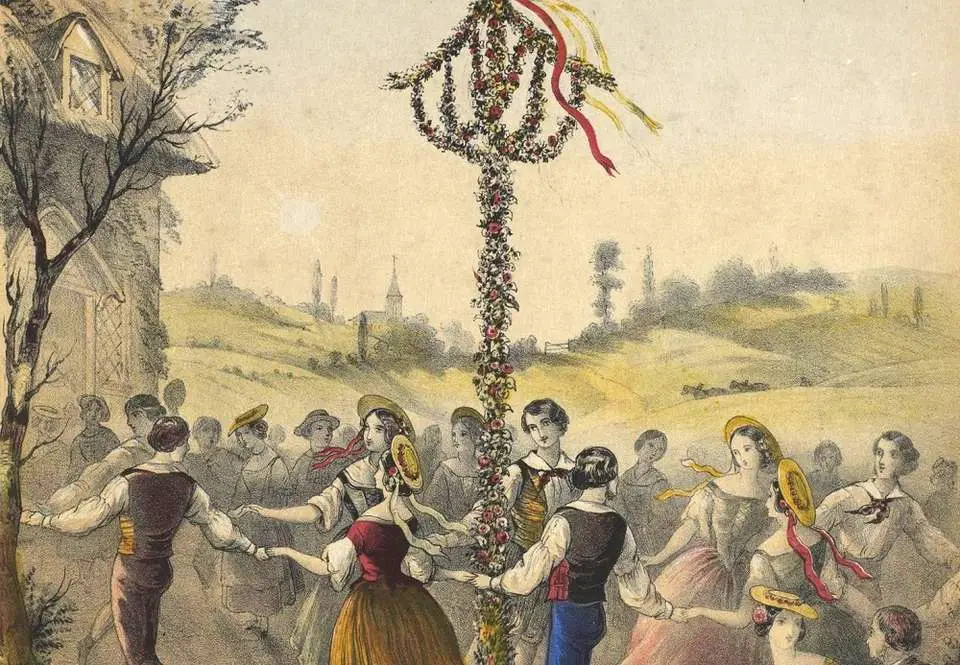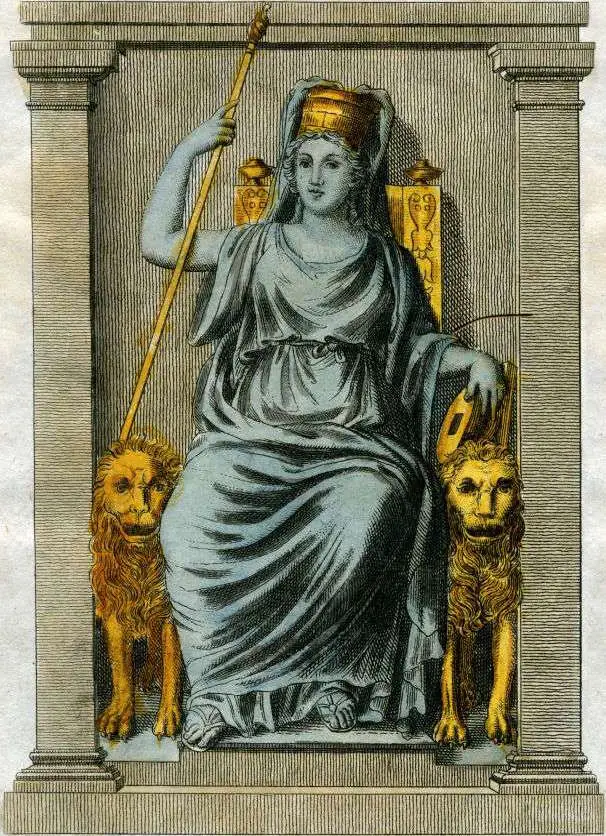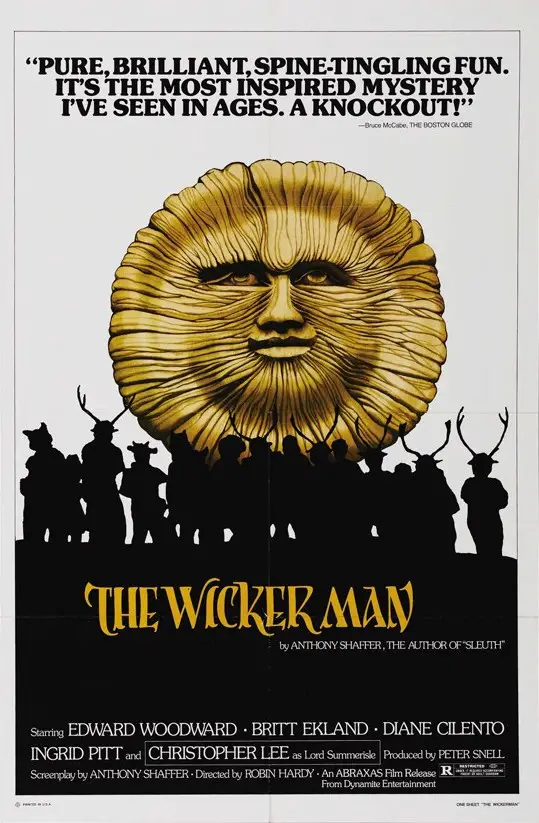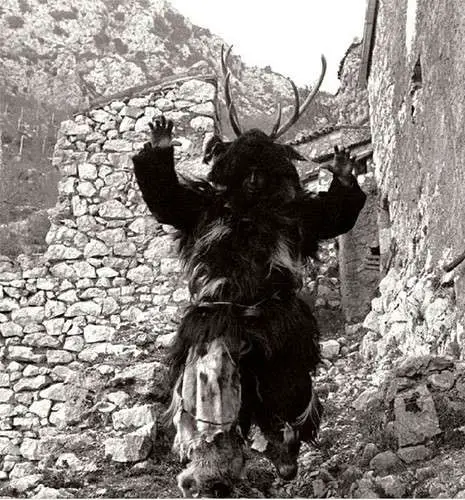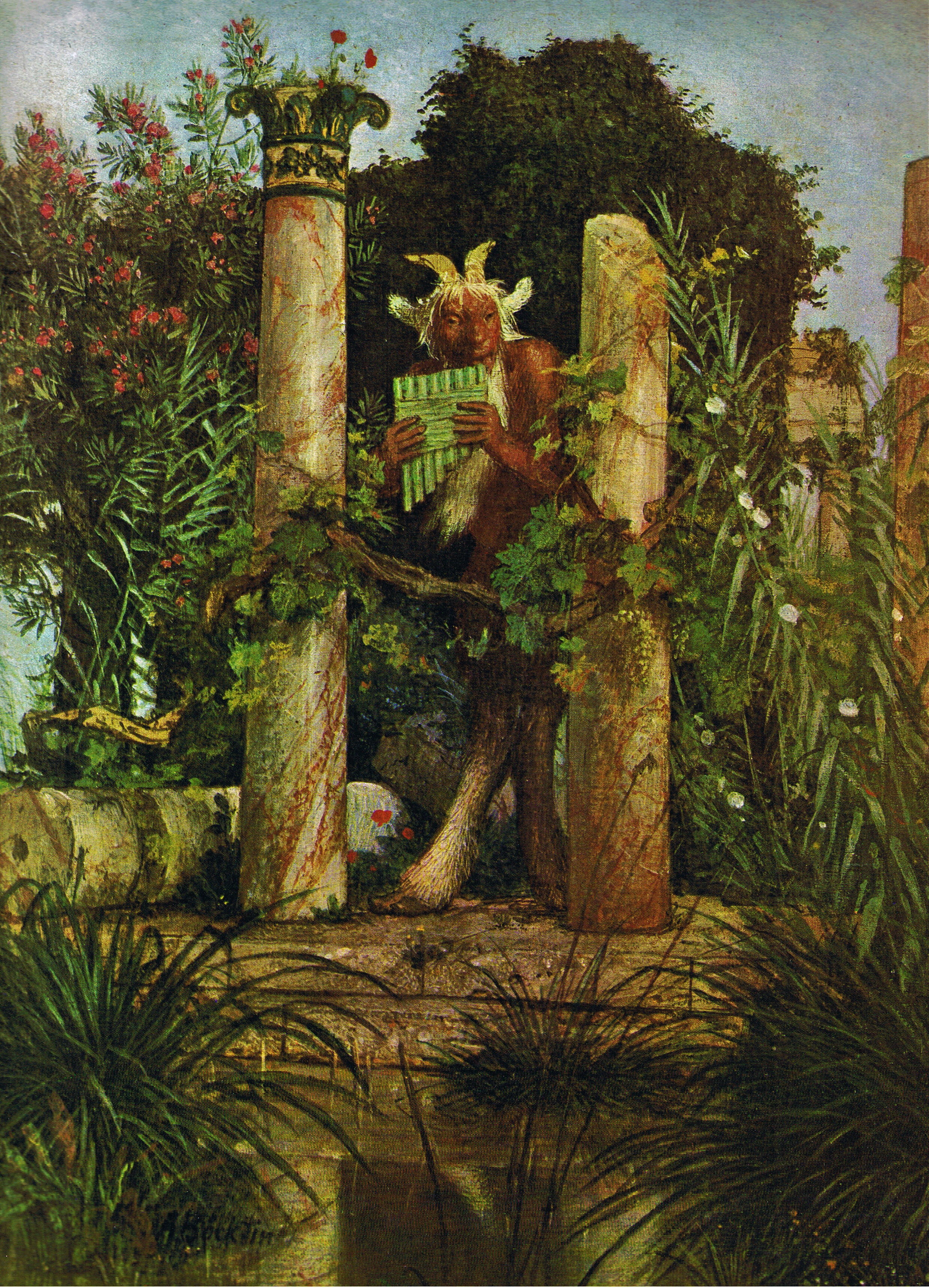Tag: James Frazer
"May be welcome": rites and traditions of Calendimaggio (Alfredo Cattabiani)
On the occasion of May 1st we publish this writing by the never sufficiently remembered Alfredo Cattabiani (who among other things, ironically, was born and died in May, respectively on the 26th and 18th of the month), dedicated to ancient rites and traditions and popular on Calendimaggio. Taken from his book "Calendar".
From Cybele to Demeter, the different faces of Mother Earth, or rather of the ecliptic
From the Phrygian tradition concerning Cybele, "goddess of the mountain and wild beasts", to the Indian tradition of Aditi, "inexhaustible source of abundance", up to the different Hellenic divinities such as Rhea, Demeter, Themes, Meti (without forgetting the various collective deities, always feminine, of destiny), an astrotheological reading emerges that can shed light on the aforementioned "Mother Goddesses of the Earth", provided that the latter is understood, following the studies of Santillana, Dechend and Richer (as well as the Platonic clues), in the meaning of ecliptic.
The Sheela-na-Gig and the cult of generative powers in Celtic Christianity
The cult of generative powers that permeated the ancient Celtic (and pre-Celtic) religion remained in vogue in Ireland even after the advent of Christianity, to the point that some scholars speak of a "Celtic Christianity" which, under the veil of the new cult, would have kept the ancient sacred doctrines intact: one of the most meaningful clues in this sense is the representation of the Sheela-na-Gig first in megalithic sites and sacred wells and, later, in Christian churches themselves.
“Midsommar”: the coronation of Beauty and the expulsion of the Beast
Ari Aster's "folk-horror" film stages a Midsummer ceremony inspired by the ancient European rites of late winter and Calendimaggio: beyond the inaccuracies and poetic licenses, the fulcrum of the narrative must be recognized in the "descent into hell" and in the subsequent rebirth of the protagonist Dani, an initiation that obviously requires a sacrifice.
“The Wicker Man”: from folklore to folk-horror
For the making of "The Wicker Man", Robin Hardy and Anthony Shaffer delved into British folklore and modeled the Beltane ceremony and its preparations on the ancient propitiatory rites of Calendimaggio and the late winter procession, centered on the ritual sacrifice of the "Fool "," King of Disorder ".
Towards “TimeWave Zero”: Psychedelia and Eschatology in Terence McKenna
In addition to being one of the "prophets" of the psychedelic Counterculture of the second half of the last century, Terence McKenna was able to build, in the course of thirty years of studies and experiments, a real eschatological system for the Third Millennium, in view of final explosion, based on the recovery of shamanic practices, on a new interpretation of the Sacred as "Mysterium Tremendum" and on the vision, beyond the ordinary dichotomy between life and death, of what he called an "Ecology of Souls".
Bada Valley: the “xenomorphic” megaliths in the jungle
We visited the island of Sulawesi, in the Indonesian archipelago, and ventured into the rainforest of Lore Lindu in search of the mysterious Patung, megalithic sculptures of only partly anthropomorphic aspect which constitute for archaeologists (but also for natives) a real enigma. Taking into account the various hypotheses regarding the cults of ancestors, those of fertility and supposed human sacrifices, we will try to connect them in a framework as coherent as possible.
The Deer Man of the Castelnuovo Carnival and the regeneration of spring
Second article dedicated to the Carnival of Castelnuovo al Volturno, on the Molise Apennines, and to the main figures of the pantomime: “Gl'Cierv”, Martino and the Hunter.
Evans-Pritchard and the rationality of a "wild" people: the Azande
As the British anthropologist, studying the Central African tribe of the Azande (or Zande) in the field, he intuited the “rational” aspect of their “magical-witchcraft” cult system.
From Pan to the Devil: the 'demonization' and the removal of ancient European cults
di Marco Maculotti
cover: Arnold Böcklin, “Pan, the Syrinx-Blowing”, 1827
We have previously had the opportunity to see that, in the first centuries of our era and even during the medieval era, the cd. "Rural paganism" it kept its diffusion unchanged, especially in the areas further away from the large inhabited centers. St. Maximus noted that "in the fourth century (...) the first missionaries passed from city to city and rapidly spread the Gospel over a very large area, but they did not even touch the surrounding countryside", Then adding that" even in the fifth and sixth centuries, when most of them had long since been converted, in Gaul and Spain the Church, as shown by the repeated canons of the councils of the time, encountered great difficulty in suppressing the ancient rites with which peasants from time immemorial averted plagues e they increased the fertility of the flocks and fields"[AA Barb, cit. in Centini, p.101].
Cosmic cycles and time regeneration: immolation rites of the 'King of the Old Year'
di Marco Maculotti
Mircea Eliade wrote that "the main difference between the man of archaic and traditional societies and the man of modern societies, strongly marked by Judeo-Christianity, consists in the fact that the former feels solidarity with the cosmos and cosmic rhythms, while the second is considered in solidarity only with history "[Eliade (1), p.5]. This "cosmic life" is connected to the microcosm by a "structural correspondence of planes arranged in hierarchical order" which "together constitute the universal harmonic law in which man is integrated" [Sanjakdar, p.155].
Archaic man especially took into consideration the solstices and equinoxes, as well as the dates between them: it was believed that in these particular days, which marked the passage from one phase of the cycle to the next of the "wheel of the year", the energy of the cosmos flowed more freely, and therefore they chose such dates to perform their own rituals. Here we are especially interested in certain dates between the Winter Solstice and the Spring Equinox, that is to say the calendar phase in which the Sun appears die: the so-called "solstice crisis" or "winter crisis".


